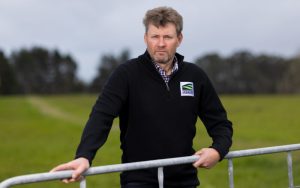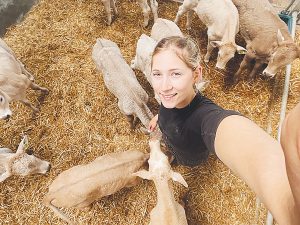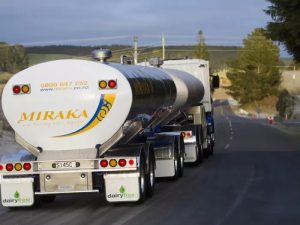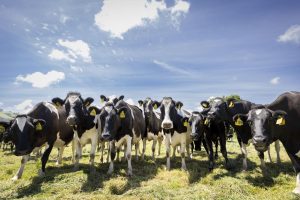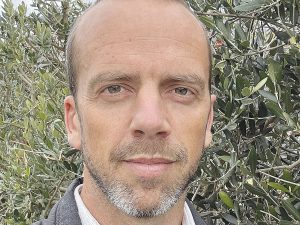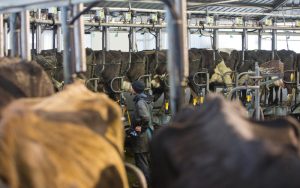
Its submission to the commission’s advice to the Government on how to achieve zero emissions by 2050 acknowledged the difficulties in meeting such a target, calling it “ambitious” and “challenging”.
It pointed out that the nature of New Zealand dairy farmers’ milk supply curve gave it an extremely narrow window in which it can undertake changes to its factories.
“Over a six to eight-week period, we go from collecting around four million litres of milk a day to around 82 million litres a day. All of our sites must be working close to full capacity to cope with this volume,” it said.
It also noted the disruptions to the gas market over the past 18 months.
“If there isn’t certainty of gas supply, we may need to start transitioning our 76 gas boilers and air heaters to renewable alternatives sooner than the commission’s pathway of 2037 onwards, which would almost certainly impact the speed at which we transition off coal.”
Fonterra said it was “deeply cognisant” that its business produced 20% of NZ’s greenhouse gas emissions.
“Ninety percent of those emissions come from our farmers’ businesses, 9% from our manufacturing operations and 1% from transporting our products from New Zealand to consumers around the world,” it said.
Fonterra said it also planned to make one-third of its 820 light vehicle fleet electric over the next three years. To fuel these cars, it planned to install recharging infrastructure within regional NZ, including four hubs in the South Island that would have 36 chargers.
“It is estimated that this will reduce emissions associated with our site fleet cars by 52 tonnes of CO2-e per annum by switching from ICE/hybrids to EV’s,” the submission said.
Its 481 diesel-operated tanker fleet tasked with collecting will remain, but the co-operative said it will keep investigating alternatives to fuel these trucks. It said it was currently investigating options for hydrogen injection.
Fonterra said the scale of behaviour and practice change required by farmers to achieve the commission’s pathway was “both challenging and ambitious”.
The co-operative said it was also concerned that some of the productivity assumptions underpinning the modelling used by the commission showed a maintenance of current milk production were ambitious and will be difficult to meet.
It backed the process around He Waka Eke Noa to support achievement of emissions budgets for its farmers.
“We believe that the He Waka Eke Noa partnership provides the agricultural sector with the right forum to consider how best emissions reductions can be achieved and supported by all farmers and growers across all land uses,” it said.
It also backed the Rural Broadband Initiative to achieve its 2023 targets because it would allow farmers to do business more efficiently and utilise smart technology and outlined its actions to date for reducing farm emissions.
These include providing each farmer with a report on their GHG emissions, setting a target of every farmer having a farm environment plan (FEP) by 2025, increasing its staffing resources to ensure farmers reach that FEP target and introducing a new co-operative difference payment system to reward sustainable farmers.





